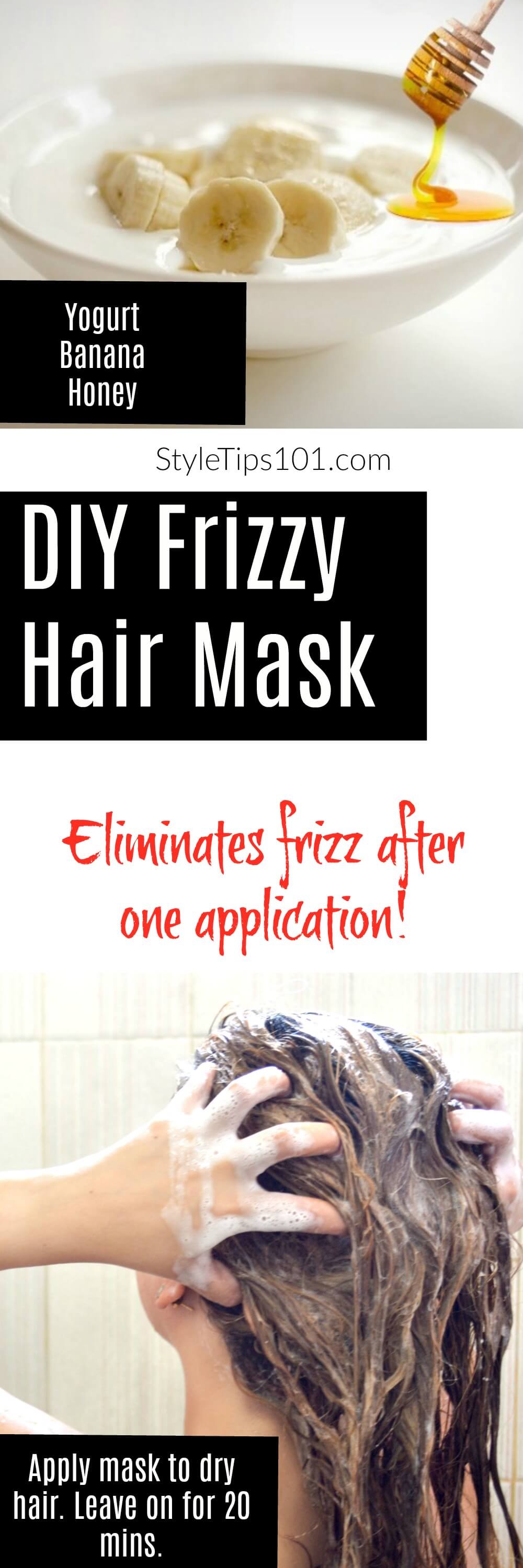7 Tips for Managing Frizzy Hair
Dealing with frizzy hair can be a frustrating experience, leaving you feeling less than confident about your appearance. But don’t despair! At hairy.cartlab.web.id, we understand the challenges of managing unruly locks, and we’re here to help you tame that frizz and achieve the smooth, sleek look you desire. Whether your hair is naturally curly, wavy, or straight, frizz can be a common issue caused by a variety of factors, including humidity, dryness, and damage. This comprehensive guide will provide you with seven effective tips to help you conquer frizz and embrace your hair’s natural beauty. We’ll delve into the science behind frizz, explore effective products, and offer practical styling techniques to help you achieve the smooth, manageable hair you’ve always dreamed of.
Frizzy hair often stems from a lack of moisture and damage to the hair cuticle. The cuticle, the outermost layer of your hair shaft, acts like shingles on a roof. When it’s smooth and flat, your hair appears shiny and healthy. However, damage or dryness causes the cuticle to lift, allowing moisture to enter and escape, leading to frizz. This moisture imbalance causes the hair strands to swell and become unruly. Understanding this fundamental principle is crucial for effectively managing frizz.
This guide is designed to provide you with actionable strategies, empowering you to take control of your hair and embrace a frizz-free lifestyle. From selecting the right shampoo and conditioner to mastering effective styling techniques, we’ll equip you with the knowledge and tools necessary to achieve your hair goals. Let’s dive in!

1. Choose the Right Shampoo and Conditioner

The foundation of any frizz-fighting regimen lies in selecting the right cleansing and conditioning products. Harsh sulfates and drying alcohols found in many shampoos can strip your hair of its natural oils, leading to increased frizz. Instead, opt for sulfate-free and moisturizing shampoos and conditioners specifically formulated for dry or frizzy hair. Look for ingredients like:
- Hyaluronic acid: A powerful humectant that attracts and retains moisture.
- Glycerin: Another humectant that draws moisture from the air to your hair.
- Shea butter: A rich emollient that deeply conditions and softens hair.
- Argan oil: A nourishing oil that adds shine and reduces frizz.
Consider using a deep conditioner once or twice a week to provide extra hydration and repair damaged hair cuticles. For those with particularly dry or damaged hair, a leave-in conditioner can also be beneficial. Remember, the right shampoo and conditioner are your first line of defense against frizz.
2. Embrace the Power of Deep Conditioning Treatments

Deep conditioning treatments are essential for combating frizz. These treatments penetrate the hair shaft, replenishing lost moisture and repairing damaged cuticles. You can use store-bought deep conditioners or create your own at home using natural ingredients like coconut oil, avocado, or olive oil.
Here’s how to maximize the benefits of a deep conditioning treatment:
- Apply generously: Ensure the conditioner coats every strand of hair.
- Use heat: Wrap your hair in a warm towel or use a shower cap to trap heat and enhance penetration.
- Leave it on: Allow the conditioner to sit for at least 30 minutes, or even longer for severely dry hair.
- Rinse thoroughly: Remove all traces of the conditioner to avoid weighing your hair down.
Regular deep conditioning treatments, combined with the right shampoo and conditioner, will significantly improve your hair’s moisture balance and reduce frizz.
3. Master the Art of Air Drying

While heat styling can be tempting, it’s often the culprit behind increased frizz. The heat from blow dryers and styling tools can damage the hair cuticle, leading to dryness and frizz. Whenever possible, opt for air drying. This gentler method allows your hair to retain its natural moisture and minimizes damage.
However, air drying doesn’t mean letting your hair dry haphazardly. To minimize frizz while air drying, try these techniques:
- Apply a leave-in conditioner or anti-frizz serum: This will help to smooth the hair cuticle and prevent frizz.
- Use a microfiber towel: These towels are gentler on hair than traditional terrycloth towels and absorb excess water without causing friction.
- Consider a hair turban: This can help to absorb excess water and encourage gentle drying.
If you must use heat styling, use a heat protectant spray to minimize damage.
4. Protect Your Hair from Humidity

Humidity is a major contributor to frizz. When the air is humid, moisture from the environment penetrates the hair shaft, causing it to swell and become frizzy. To combat this, you can:
- Use a humidity-blocking serum or spray: These products create a barrier around the hair shaft, preventing moisture from penetrating.
- Wear a hat or scarf on humid days: This will shield your hair from the effects of humidity.
- Stay indoors on particularly humid days: If possible, limit your exposure to humid environments.
These preventative measures can significantly reduce the impact of humidity on your hair. For more styling tips for short hair, check out our article on “Tips to Style Short Hair for Volume” at hairy.cartlab.web.id/tips-to-style-short-hair-for-volume.
5. Use the Right Styling Tools

The styling tools you use can also impact frizz. Avoid using harsh brushes that can pull and damage your hair. Opt for wide-tooth combs or detangling brushes specifically designed for curly or frizzy hair. When using heat styling tools, always apply a heat protectant spray to minimize damage. If you’re looking for bold hair color ideas to complement your frizz-free style, check out our article on “7 Bold Hair Colors for an Artistic Look” at hairy.cartlab.web.id/7-bold-hair-colors-for-an-artistic-look.
6. Get Regular Trims

Regular trims are crucial for maintaining healthy hair and reducing frizz. Split ends and damaged hair contribute to frizz, so getting rid of these damaged ends will make a significant difference. Aim for a trim every 6-8 weeks to keep your hair looking its best.
7. Consider Professional Treatments

If you’re struggling with severe frizz, consider professional treatments like keratin treatments or Brazilian blowouts. These treatments smooth the hair cuticle, making it less prone to frizz. However, it’s important to note that these treatments can be expensive and may involve the use of harsh chemicals, so it’s crucial to consult with a professional stylist to determine if they’re right for you. If you have thick hair and are considering a color change, you might find our article on “7 Hair Color Ideas for Thick Hair + Best Cuts” helpful – find it here: hairy.cartlab.web.id/7-hair-color-ideas-for-thick-hair-best-cuts.
External Authority Links:
- American Academy of Dermatology Association on Hair Care
- WebMD article on Frizzy Hair
- Healthline article on managing frizzy hair
Conclusion
Managing frizzy hair doesn’t have to be a constant battle. By following these 7 Tips for Managing Frizzy Hair, you can achieve smoother, more manageable locks. Remember that consistency is key – incorporating these tips into your regular hair care routine will yield the best results. For more detailed information and to explore further solutions, visit our dedicated page: 7 Tips for Managing Frizzy Hair





Comments